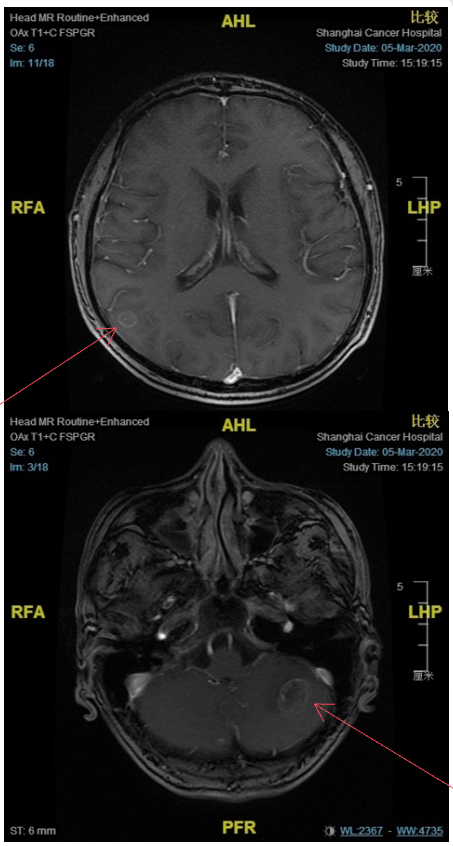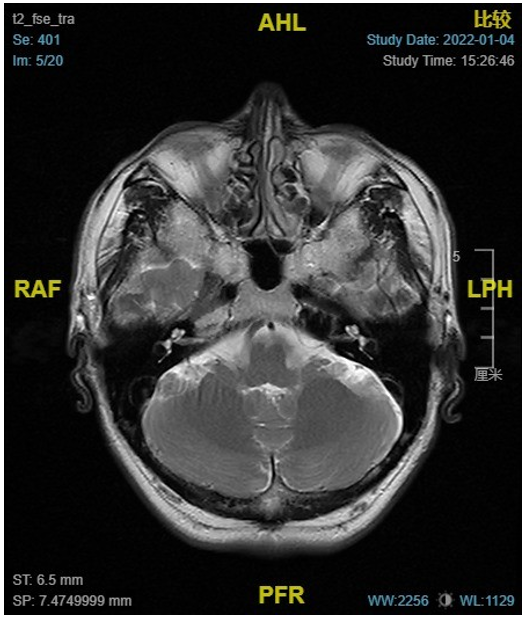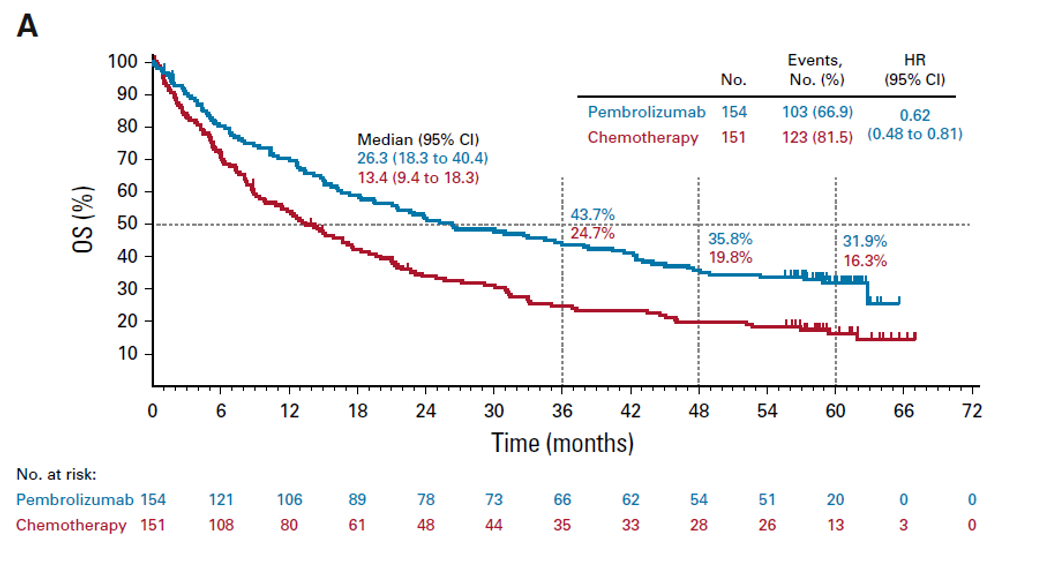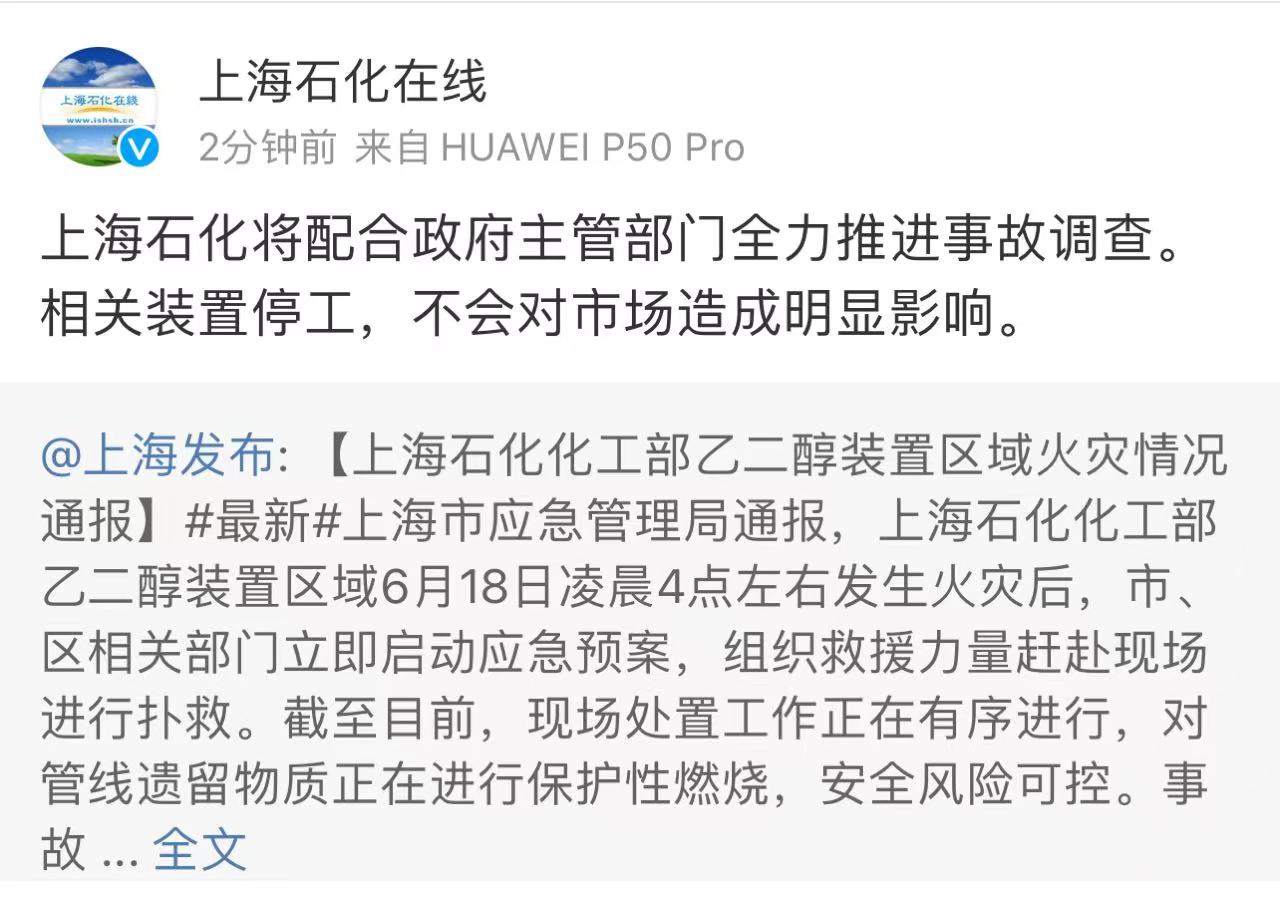In advanced lung cancer brain metastasis, the treatment of single medicine for 2 years is actually relieved!
Author:Cancer Channel of the Medical Time:2022.07.18
*For medical professionals for reading reference

Pickup to learn "miracles" of lung cancer!
Lung cancer is one of the main causes of global cancer -related death. my country ’s lung cancer has increased by about 787,000 each year and about 631,000 deaths. Lung squamous carcinoma is a common pathological type of lung cancer, accounting for 40%-51%of primary lung cancer, which is more common in elderly men and is closely related to smoking.
In this issue, the "Classification of Cases" was shared by Professor Yu Hui, a Cancer Hospital affiliated to Fudan University.
Basic situation of patients with left lung squamous carcinoma brain metastasis
A 50 -year -old male patient, he complained about cough and sputum with chest tightness in February. At the end of 2019, there was no obvious cause of cough and sputum with chest tightness. He was visited at the Cancer Hospital of Fudan University in December 2019. Smoking for more than 20 years, 1 pack of daily, drink a small amount.
On January 17, 2020, the chest CT showed that the lower left lobe occupied with obstructive lungs, the left lung swollen lymph nodes, the left pleura thickened, and the left thoracic effusion. PET/CT shows: The lower left lung leaf occupies is accompanied by obstructive lungs, FDG high metabolism, left heart partial angle, pulmonable lymph node metastasis, and left thoracic effusion.

PET/CT imaging information on March 5, 2020
On February 6, 2020, left lung puncture pathology: non-small cell carcinoma, immunohistochemistry: squamous carcinoma, TTF-1 negative, P40+, PD-L1 22C3 (TPS 80%), KI67 80%.
Gene test: EGFR, Alk negative.
On March 6, 2020, the chest CT showed that the lower lung leaf occupied with obstructive lungs. The size was about 77 × 72 mm. Brain MR shows: The right temporal lobe and the left cerebellum are enhanced, and the maximum long diameter is 2.2cm. Consider the transfer.

Brain MR Imaging Information
Clinical diagnosis: left lung scales carcinoma brain metastasis, T3N1M1, IV stage, PD-L1 80%.
Two years of Paborzab's anti -immunohistocystal treatment,
Da continues PR
On March 13, 2020 and April 2, 2020, patients with Parbilizumab were given 200mg immunohistic drug treatment. Later, the 200mg immunohistic medicine was continued to use Paborizumab until April 30, 2022. Successfully completed a 2 -year treatment. The efficacy assessment is the continuous part of the relief (PR).


January 4, 2022 Brain MR Imaging Information
Keynote-024 support of evidence-based medical evidence
Keynote-024 Research aims to evaluate the effectiveness and safety of patients with Pibilizumab comparative comparative comparative comparative chip-containing chemotherapy treatment PD-L1 TPS ≥ 50%, EGFR, and ALK-driven gene mutations. The main endpoint of the study is the non -progressive survival period (PFS), and the secondary end point is the total survival period (OS), the objective relief rate (ORR) and safety.
The results of the study show that after 5 years of follow-up, Paborzab still reflects better OS and more lasting benefits than chemotherapy. A month, the HR value is 0.62 (95%CI: 0.48-0.81).

Keynote-024 Study in the median OS of the Paborzab Anti-therapy Group and Chemotherapy Group
The median PFS of the two groups of patients was 7.7 (6.1-10.2) a month VS 5.5 (4.2-6.2) a month, and the HR value was 0.50 (95%CI: 0.39-0.65). Of the Paborizer's anti -single -drug treatment group, 39 patients completed a 35 -cycle treatment for 2 years, and ORR was as high as 82%[32/81, 4 cases of rehabilitation (CR), 28 cases of PR]. 81%.
Keynote-024 Research is the first phase III clinical study that reports the 5-year efficacy of the late NSCLC first-line immunotherapy. It supports Pabberzab's effective first-line treatment plan for PD-L1 TPS ≥50%of advanced NSCLC patients.
The patient has a good quality of life and has no serious adverse reactions related to immunity. During the treatment period, anemia occurred, considering immunotherapy, did not be treated, continued to take medicine, and patients had been participating in the work during the treatment, and life was like ordinary people.
Finally, Professor Yu Hui summarized and analyzed the case: Meta analysis showed that for patients with advanced NSCLC patients with advanced NSCLC in PD-L1 ≥ 50 %, they received immunohist drug treatment or immunochemical chemotherapy. The median OS was equivalent. However, adding one more treatment will inevitably take on the corresponding toxicity. In the treatment of this patient, adhere to the concept of "simple is beauty".
In a number of clinical studies, patients with intracranial metastases are often excluded. Only local treatment can only be entered in the case of intracranial metastases. However, in the real world of lung cancer, a large proportion of patients will have brain metastases, and the clinical characteristics of patients are more complicated. In other words, there is still a certain distance between clinical research and the real world. This requires researchers and clinicians to copy clinical research models, but at the same time they cannot be completely separated from it. Immunotherapy can help some patients achieve "small goals" -survive to further move towards the ultimate goal of "healing".
Scan the QR code, listen to the course


The first release of this article: the medical circles on the tumor channel of the medical community. Author: Dali
Editor in charge: Sweet
- END -
Extremely reviews | How to crack the air conditioner of the "group"

Xu Hanxiong, a polar news commentatorRecently, a video of a video of a video of Un...
Shanghai Petrochemical fire safety risks are controllable, and the cause of the accident is under investigation

Just now, the Shanghai Municipal Emergency Administration issued a notice from Sha...